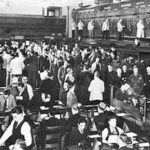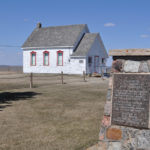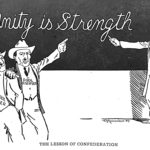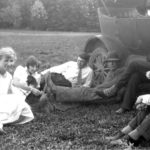
Tag Archives history

Beef rings speak volumes of local history
These early informal co-operatives kept beef on the table in the warm summer months before refrigeration

Between the wars
Canada 150: A postwar bust, political activism, the Great Depression and the formation of the Canadian Wheat Board marked the interwar years in Manitoba agriculture

Before Brandon was the Wheat City
Brandon was established as a city in 1882, but trading outposts along the Assiniboine River predate that mark by decades and are the subject of a museum exhibit at the Brandon General Museum and Archives

Celebrate Canada’s past — visit Star Mound School
Located in south-central Manitoba the school is one of the oldest remaining of its kind

Farmers Hall restored to its former glory — and then some
A Gimli couple has completely renovated and restored a decade-old rural dance hall

Jubilee Jottings — looking back at the first 60 years
Canada 150: As they do today, farmers in 1927 reflected on how much easier life was than back in the old days
Editorial: Our country

PHOTOS: This Old Elevator: May 2017
The Manitoba Historical Society wants to gather information about all the grain elevators in Manitoba

Efficient, dependable manure spreading and more!
Our History: April 1967

When the week’s work is done
A chance to pause and rest was a rare thing for the region’s early pioneers


